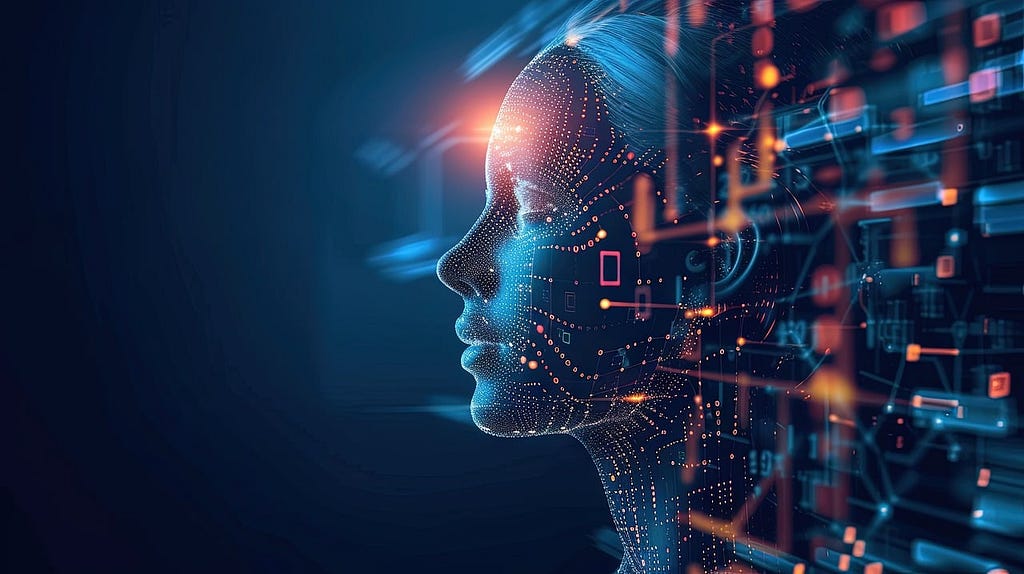Machine Learning — The Basic understanding
Machine Learning is popular among everyone right now. There are lot of things around us which is simplified and changed which we might not recognize. For example, you just watched a movie and you get suggestions of similar movies. There is some machine learning algorithm behind it to determine the similar movies that might interest you. In fact, we find it hard to think of any industry that machine learning is unlikely to touch in a significant way now or in the near future.

Machine Learning is the field of study that gives computers the ability to learn without being explicitly programmed.
We have different types of Machine learning algorithms
- Supervised Learning
- Unsupervised Learning
- Reinforcement Learning
Supervised Learning —
Supervised machine learning or more commonly, supervised learning, refers to algorithms that learn x to y or input to output mappings. The key characteristic of supervised learning is that you give your learning algorithm examples to learn from. That includes the right answers, whereby right answer, I mean, the correct label y for a given input x, and is by seeing correct pairs of input x and desired output label y that the learning algorithm eventually learns to take just the input alone without the output label and gives a reasonably accurate prediction or guess of the output.
Let us say we would like to predict house prices based on the square feet. We plot the graph with these data points that we have and try to fit the best line with the existing data. Based on this line, we could predict for any value of x what would be y. The data can have straight line as best fit or it may be more complex like curved line. Here we want to get an algorithm that predicts the prices of houses. This is the example of supervised learning. We have a label or correct price y for every house. The task of the learning algorithm is to produce right answers, which is the predictions of likely price for other houses. This particular type of supervised learning is called regression.
Regression is predict a number from infinitely many possible numbers.
One other type of supervised algorithm is Classification. For example, take the breast cancer detection, doctor’s can have a diagnostic tool to detect breast cancer. This is important because early detection could potentially save a patient’s life. Using a patient’s medical records your machine learning system tries to figure out if a tumor that is a lump is malignant means cancerous or dangerous or is it benign which is non cancerous. We can plot this data on a graph where the horizontal axis represents the size of the tumor and the vertical axis takes on only two values 0 or 1. Depending on whether the tumor is benign, 0 or malignant 1. This classification is different from regression is it tries to predict smaller number of possibilities instead of infinitely many. Right now we are predicting 0 or 1. But may be the algorithm can predict if malignant type 1 or type 2. The output can be called as classes or categories. These do not have to numbers. It can be cat or dog. We can also add more parameters like size of tumor, age of the person and predict the output.
Classification predict categories which is small number of possible outputs
Unsupervised Learning
We know that the supervised learning learn from data labeled with right answers. In unsupervised learning, we do not have labeled data which says this is right and this answer is wrong. This algorithm predicts if there is common pattern or something interesting in unlabeled data.
Unsupervised learning might decide that the data can be assigned to two different groups or two different clusters .
For Example, google news predicts everyday the news that is incoming and classifies it into different categories. We find the related article underneath it. It might belong to the same cluster based on the common words. This type of grouping the data into different clusters is called Clustering.
There are other types of unsupervised learning other than clustering which groups the similar data points together. Next type of unsupervised learning is Anomaly detection to find the unusual data points and the other one is Dimensionality reduction which compress data using fewer numbers.
